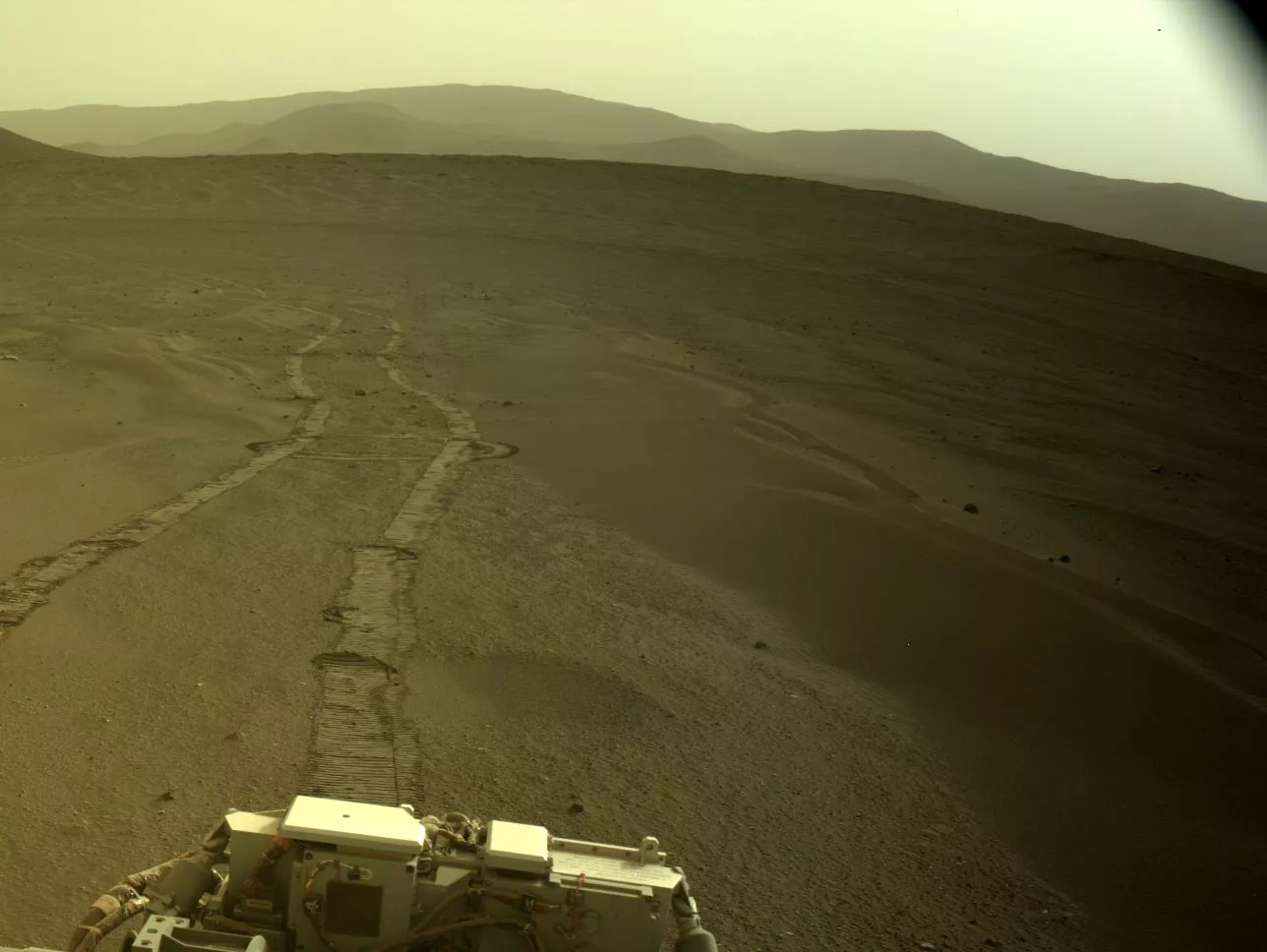The past few weeks have been exciting for NASA's perseverance science team. At the enchanted Lake site, for the first time, they saw some of the lowest sediments that appear to constitute the Jezero crater Delta.

After that, they traced their footprints to three forks and began the rising journey of the Delta near hawksbill gap. It is along this hawksbill gap route that the perseverance research team plans to carry out most of the sampling activities as part of their delta front campaign.
It is reported that perseverance carried eight core samples collected during the activities at the bottom of the crater of the scientific research team. The cores were packed in sealed sample tubes and stored in the stomach of the perseverance for safe storage. Perseverance's sampling strategy involves following a carefully choreographed sequence of events, which the team calls "sampling solution". During crater bottom activity, team members conducted the entire sampling sol path at each sampling point - including abrasion, proximity and telescience, and collected a pair of core samples.
However, at hawksbill gap, the perseverance team may sample the first part of the solution path at five locations during the ascent. After that, he turned around and began to descend from hawksbill gap and collect core samples at three abrasion sites.
This modified sampling strategy is designed to provide valuable background information for the team when climbing hawksbill gap and interpreting the surrounding delta formation. With close scientific data, the perseverance team can reduce the selection of sampling sites to ensure that the most scientifically valuable cores are collected during the descent. Of course, the team can still choose to collect the sample core at any time during the rising process. If the team decides that a specific abrasion point needs to be sampled immediately.